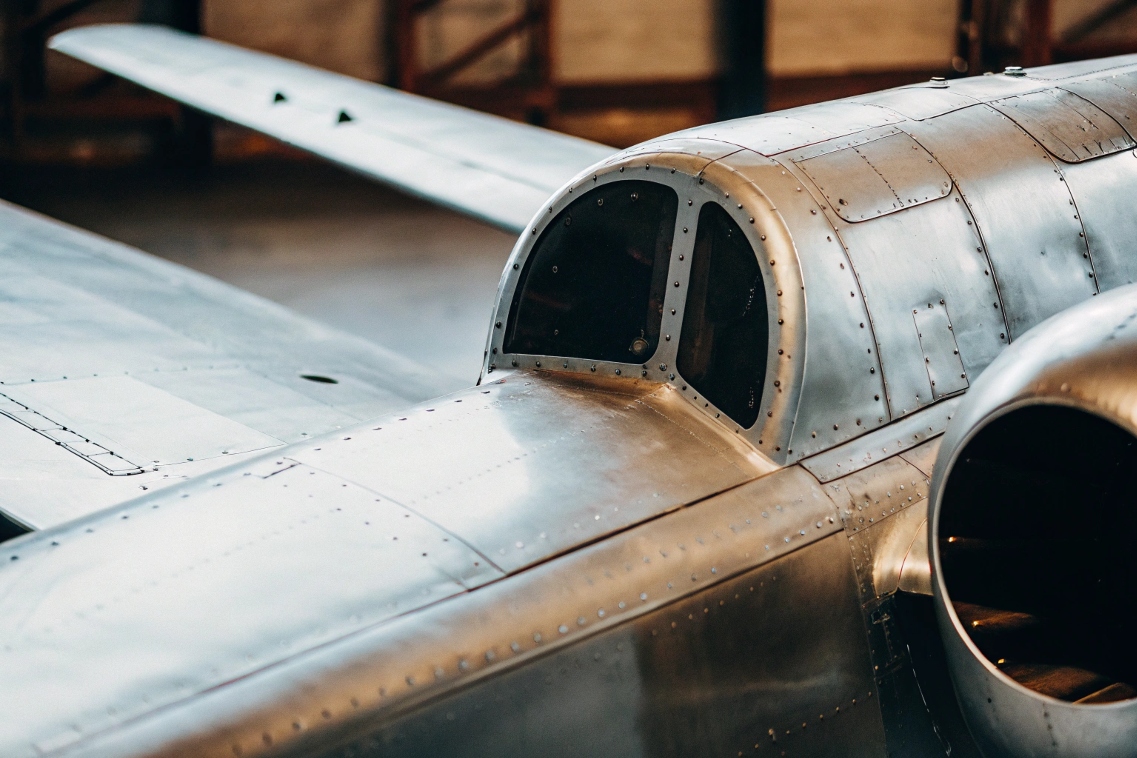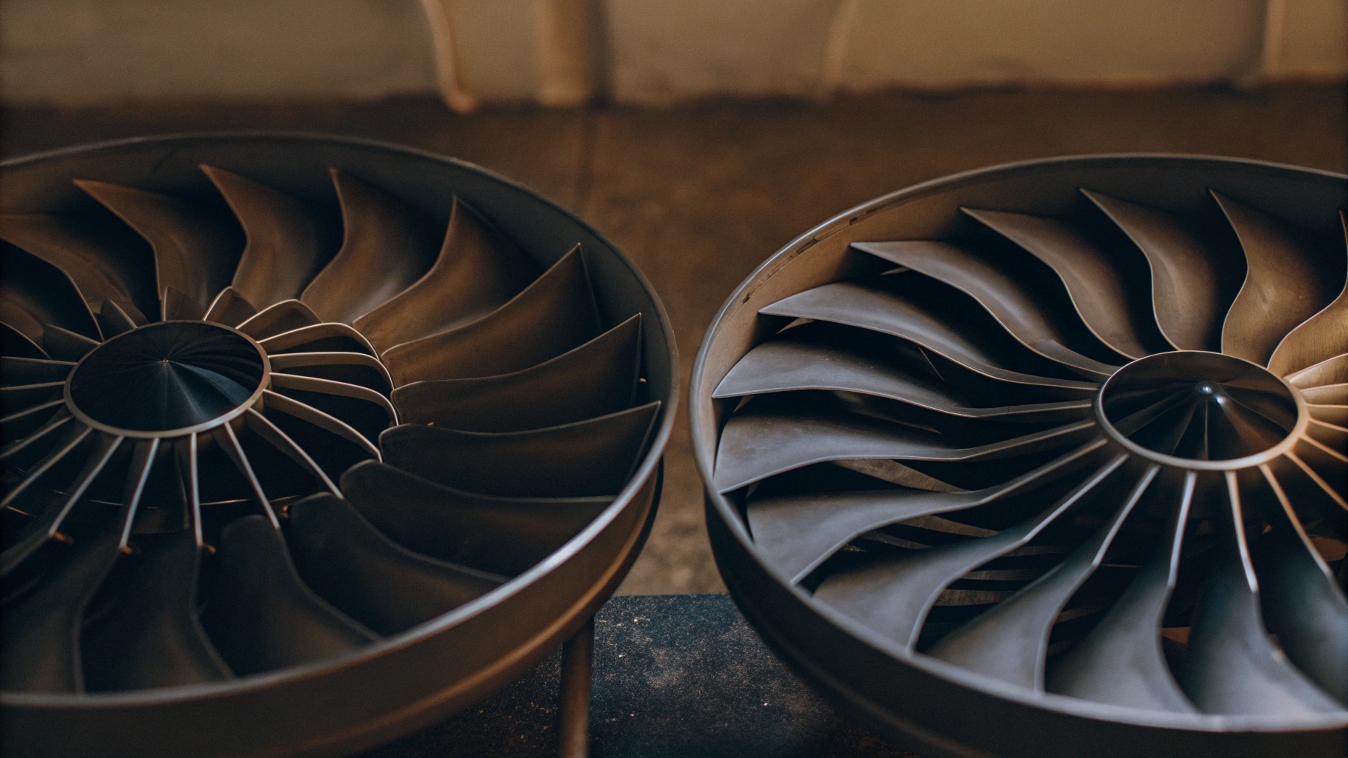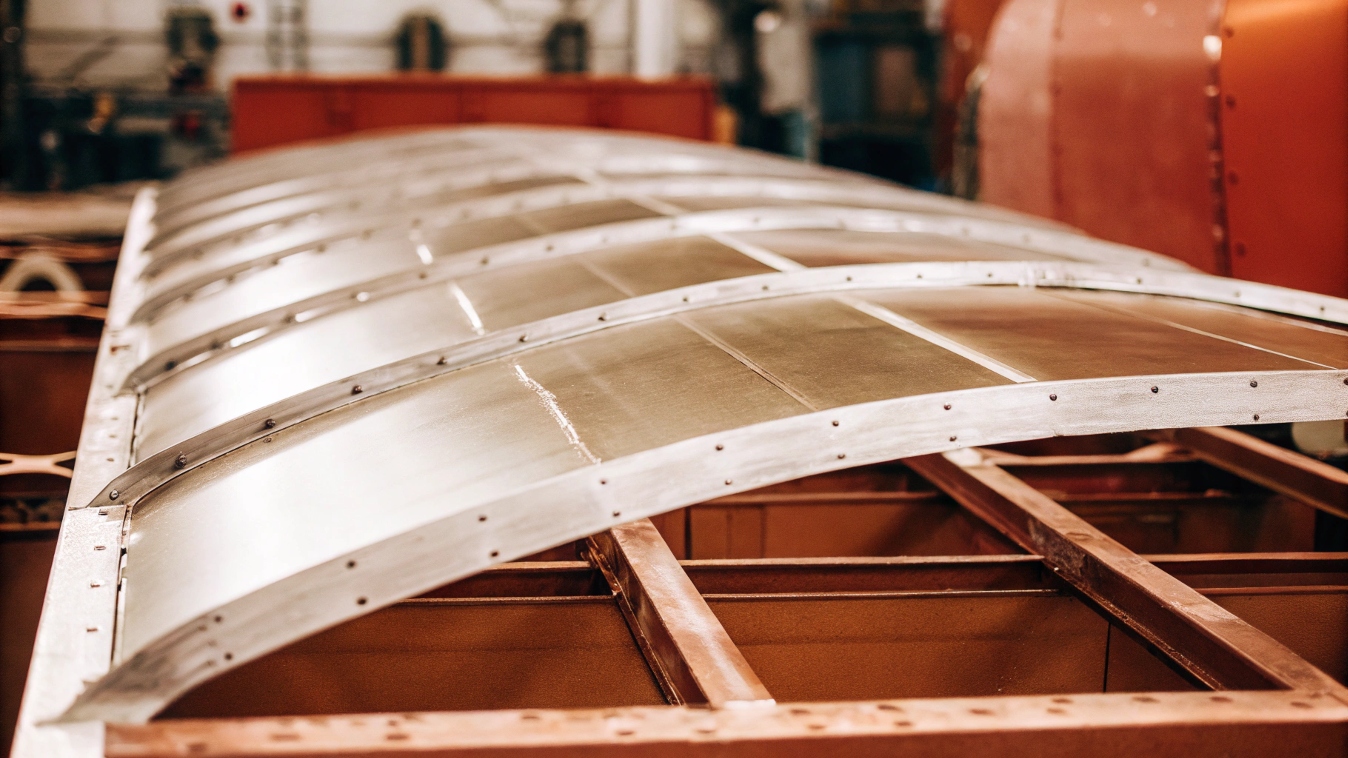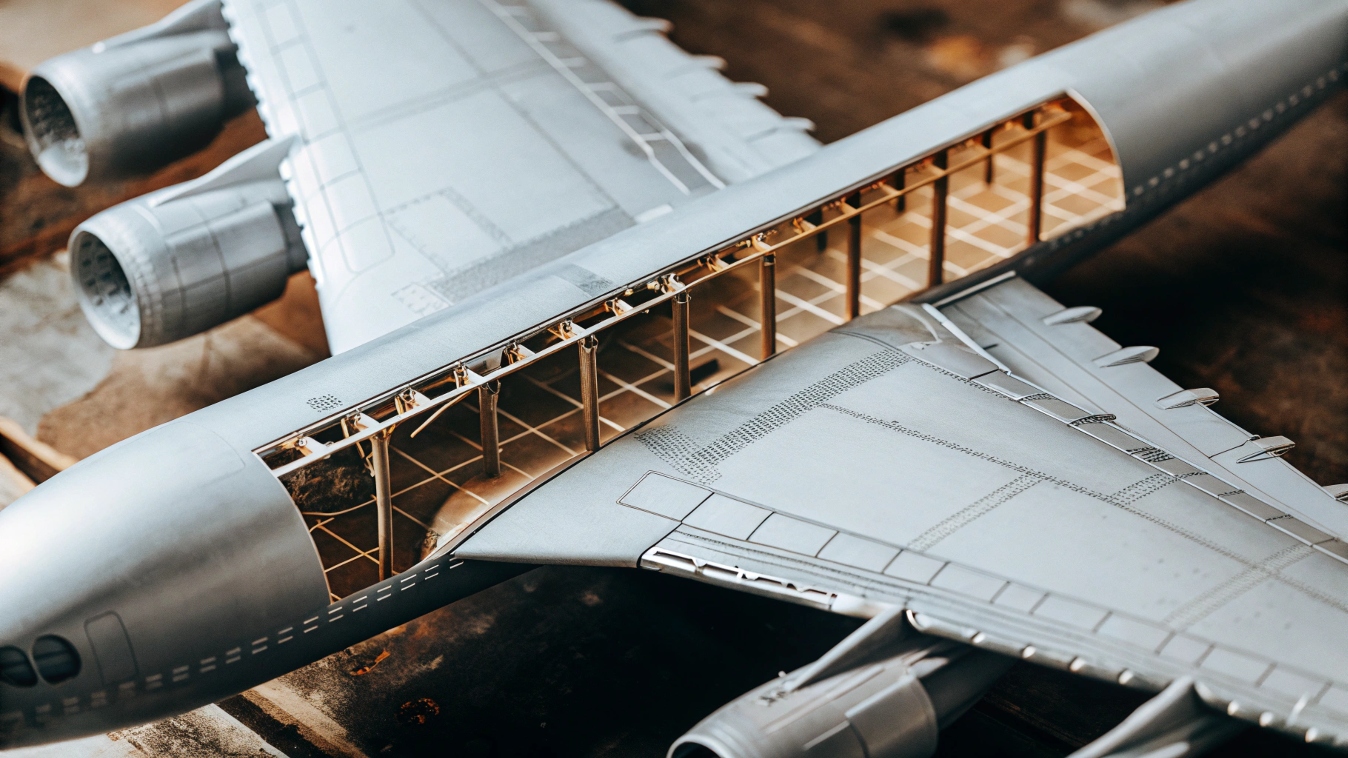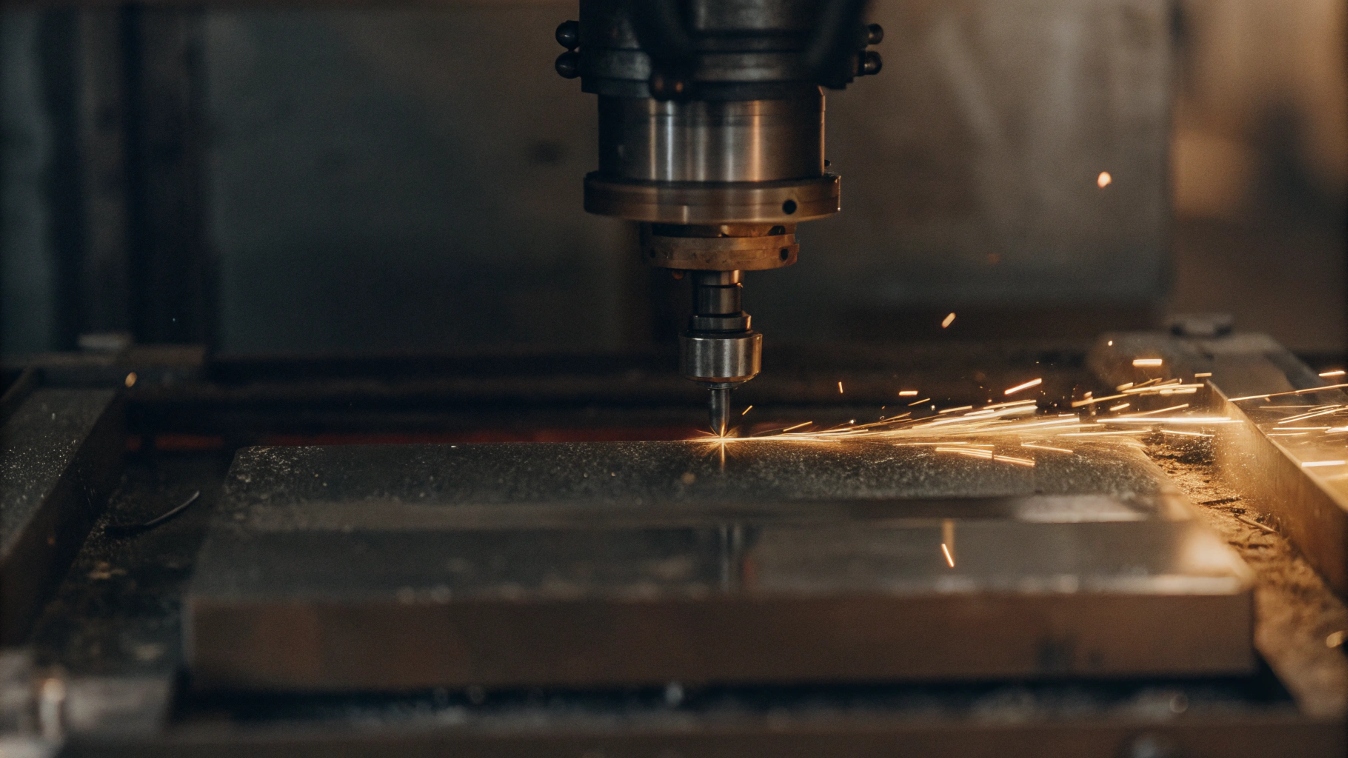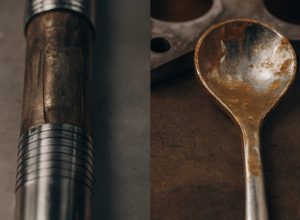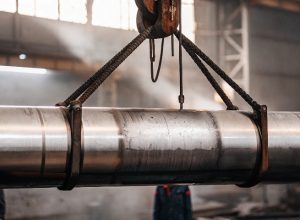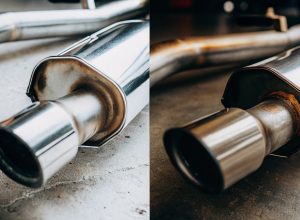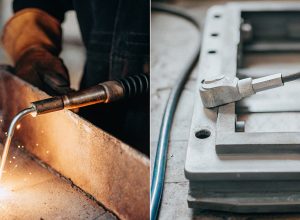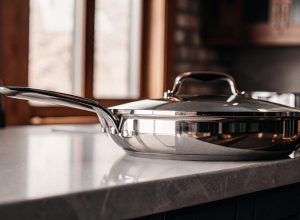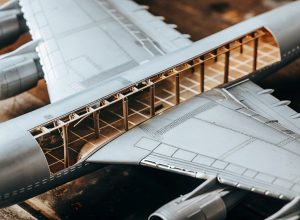Найти подходящий аэрокосмический материал непросто. Неправильный выбор ставит под угрозу безопасность и бюджет. Понимание роли алюминия и титана даст вам уверенность в выборе лучшего варианта.
Для изготовления самолетов используются алюминий и титан по определенным причинам. Алюминий составляет основную часть планера, потому что он легкий и легко поддается формовке. Титан используется в областях с высокой нагрузкой и температурой, таких как двигатели и шасси, благодаря своей превосходной прочности и термостойкости.
Я вспомнил разговор с Софи, техническим представителем по продажам из Канады. Она часто объясняет выбор материала своим клиентам из аэрокосмической отрасли. Она сказала мне, что чаще всего ей задают вопрос о роли титана. Это отличный вопрос, потому что титан используется не везде. Но там, где он используется, он абсолютно необходим. Давайте разберемся, почему это так. Итак, давайте разберемся в деталях каждого металла, начиная с самого высокопроизводительного - титана.
Почему титан используется в авиации?
Двигатели и рамы самолетов подвергаются экстремальным нагрузкам и нагреву. Отказ материала - не вариант. Титан обеспечивает непревзойденную прочность по отношению к весу и термостойкость, гарантируя целостность самолета и безопасность пассажиров.
Титан используется в самолетах благодаря невероятному соотношению прочности и веса и способности выдерживать экстремальные температуры. Он незаменим для компонентов двигателей, шасси и других деталей, испытывающих высокие нагрузки, где сталь была бы слишком тяжелой, а алюминий - слишком слабым. Он обеспечивает надежность в суровых условиях.
В моей компании мы часто поставляем Ti-6Al-4V, особый титановый сплав, нашим аэрокосмическим клиентам. Этот сплав не зря является рабочей лошадкой отрасли. Я объясняю менеджерам по закупкам, что его истинная ценность заключается не только в сырой прочности, но и в прочности, которая не исчезает при высоких температурах. Когда работает двигатель самолета, температура может резко повышаться. Алюминий размягчается, но титан сохраняет свою форму.
Ключевые области деятельности
Подумайте о деталях, которые подвергаются наибольшему воздействию: лопасти вентилятора в двигателе, шасси и крепежи, скрепляющие конструкцию крыла. Эти детали должны быть прочными, но при этом как можно более легкими. Титан на 40% легче стали, но во многих случаях не менее прочен. Снижение веса напрямую ведет к повышению топливной эффективности.
Распространенные области применения титана в аэрокосмической промышленности
| Компонент | Причина использования титана |
|---|---|
| Лопасти вентилятора двигателя | Высокотемпературная прочность, усталостная прочность |
| Балки шасси | Высокое соотношение прочности и веса, устойчивость к коррозии |
| Крепеж для планера | Предотвращает гальваническую коррозию с помощью углеродных композитов |
| Вытяжные каналы | Отличная тепло- и коррозионная стойкость |
Поэтому, когда клиент просит титан, он на самом деле просит гарантировать эффективность в самых ответственных частях самолета.
Почему алюминий используется в самолетах?
Самолет должен быть прочным, но при этом достаточно легким, чтобы летать. Использование тяжелых металлов повсеместно сделало бы его слишком дорогим и неэффективным. Алюминий предлагает идеальное решение этой проблемы.
Алюминий - основной материал для самолетов, потому что он легкий, относительно прочный и легко поддается изготовлению больших изогнутых панелей, необходимых для фюзеляжа и крыльев. Его низкая плотность позволяет самолету перевозить больше полезной нагрузки или топлива, что делает полеты более экономичными и эффективными.
Когда я разговариваю с такими клиентами, как Софи, мы часто обсуждаем общую картину планера самолета. Кожа, ребра, стрингеры - эти детали составляют большую часть корпуса самолета. Они не подвергаются такому экстремальному нагреву, как детали двигателя, поэтому использование дорогого титана здесь было бы расточительством. Алюминий здесь просто на высоте. Его низкая плотность - самое большое преимущество. Меньший вес означает, что самолету требуется меньше тяги, чтобы взлететь и удержаться в воздухе.
Формоустойчивость и стоимость
Еще один важный фактор - формоустойчивость. Алюминиевые листы относительно легко обрабатывать, сгибать и склепывать для создания гладкой, аэродинамической формы самолета. Это делает производство быстрее и дешевле. На выставках я встречаю покупателей, которые распоряжаются огромными бюджетами. Для них низкая стоимость алюминия делает возможным масштабное строительство самолетов. Некоторые из наших самых инновационных клиентов сейчас используют гибридные структуры1. Они сочетают алюминиевые рамы с титаном в определенных соединениях, чтобы получить лучшее из двух миров, добиваясь значительного снижения веса до 15%.
Самолеты сделаны из алюминия или титана?
Люди часто спрашивают, из чего делают самолеты - из алюминия или титана. Этот вопрос предполагает, что это одно или другое. Но, думая так, вы упускаете из виду умную инженерную мысль, лежащую в основе современных самолетов.
Современные самолеты в основном изготавливаются из алюминиевых сплавов. К ним относятся основной корпус (фюзеляж) и крылья. Титан используется в стратегических целях в гораздо меньших количествах для таких специфических деталей, как компоненты двигателя, шасси, а также в областях, требующих высокой прочности, что составляет небольшой процент от общего веса.
Лучший способ ответить на этот вопрос - сказать, что самолеты сделаны из оба. Подумайте об этом, как о строительстве дома. Вы используете бетон для фундамента, потому что он прочный, а для стен - дерево, потому что оно легче и с ним проще работать. Это тот же принцип. Я часто привожу в пример таких крупных производителей, как Boeing и Airbus. В их новых самолетах, таких как 787 или A350, действительно используется много углеволоконные композиты2Но философия одна и та же.
Партнерство металлов
Они используют смесь материалов для оптимизации всей конструкции. Алюминиевые сплавы по-прежнему составляют большую часть внутреннего каркаса. Титановые сплавы используются там, где металлические детали соединяются с новыми композитными структурами, поскольку титан не вызывает гальванической коррозии, как алюминий. Они также используют его для критически важных несущих деталей, например, для пилона, который крепит двигатель к крылу. Таким образом, это не конкуренция между двумя металлами, а партнерство. Каждый из них - это инструмент, используемый для конкретной работы, чтобы обеспечить прочность и устойчивость к коррозии.
Каковы недостатки использования титана в авиации?
Учитывая удивительные свойства титана, вы можете удивиться, почему весь самолет не сделан из него. Такое мышление упускает из виду огромное ограничение реального мира. Реальность такова, что у титана есть существенные недостатки.
Самым большим недостатком титана является его очень высокая стоимость, как сырья, так и производства. Его трудно добывать и обрабатывать. Кроме того, его гораздо сложнее обрабатывать, чем алюминий, для этого требуются специальные инструменты и больше времени, что значительно повышает конечную цену.
Стоимость - причина номер один. Когда я готовлю предложения для клиентов, разница в цене просто поражает. Необработанный титан может быть более чем в пять раз дороже алюминия аэрокосмического класса. Но на этом стоимость не заканчивается. Весь процесс производства сложнее и дороже.
Производственные проблемы
Титан имеет очень высокую температуру плавления и является реакционноспособным, поэтому его приходится плавить в вакуумной печи. Когда дело доходит до механической обработки - резки, сверления и придания формы металлу, - он становится жестким. Он быстро изнашивает режущие инструменты и требует более низкой скорости обработки. Все это увеличивает время и деньги. Я всегда советую своим клиентам, таким как Софи, быть стратегическими. Мы тщательно изучаем чертежи и определяем, где именно характеристики титана не подлежат обсуждению. Во всех остальных областях алюминий или другой материал часто оказывается более разумным финансовым выбором. Это балансирование между высочайшей производительностью и реальностью бюджета.
Заключение
Одним словом, в самолетах используется разумное сочетание материалов. Алюминий обеспечивает легкий каркас, а титан - необходимую прочность там, где это необходимо, что позволяет создавать безопасные, эффективные и экономичные конструкции самолетов.

